gypsum is added to clinker during cement manufacture to
2023-02-28T03:02:21+00:00
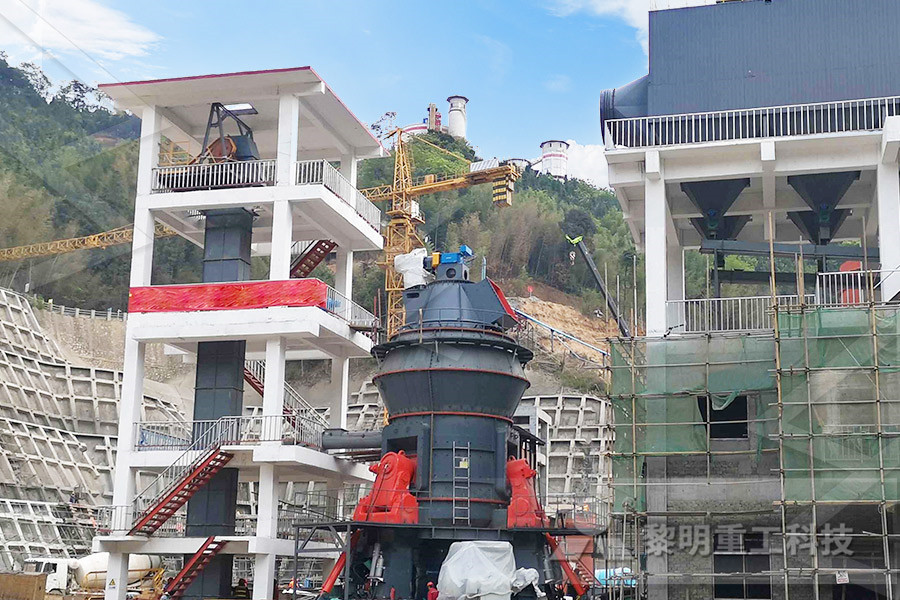
Gypsum is added to cooled clinker during cement
During the cement manufacturing process, upon the cooling of clinker, a small amount of gypsum is introduced during the final grinding process Gypsum is added to control the “setting of cement” If not added, the cement will set immediately after mixing of water Explanation− ∙ During the process of manufacturing cement, there is the formation of clinkers These clinkers are allowed to cool and then mixed with a small amount of Gypsum is added to cooled clinker during cement Jul 07, 2022 Gypsum prevents Flash Setting of cement during manufacturing It retards the setting time of cement Allows a longer working time for mixing, transporting and Why Gypsum Is Added To Cement During Its Manufacture?

During the manufacture of cement gypsum is added to?
Oct 15, 2022 Gypsum prevents Flash Setting of cement during manufacturing It retards the setting time of cement Allows a longer working time for mixing, transporting and Oct 07, 2018 During the cement manufacturing process, upon the cooling of clinker, a small amount of gypsum is introduced during the final grinding process Reducing Gypsum Is Added To Clinker During Cement Manufacturing ToSome think that gypsum is added to concrete itself That is usually a bad thing to do It is added to the cement clinker at the time of grinding the clinker at the last stage of Why is gypsum interground with portland cement clinker?

Gypsum is added to clinker during cement manufacture
Gypsum is added to clinker during cement manufacture to (1) decrease the rate of setting of cement (2) make the cement impervious (3) bind the particles of cGypsum is a mineral and is hydrated calcium sulfate in chemical form Gypsum plays a very important role in controlling the rate of hardening of the cement During the What is the purpose of adding gypsum in cement? Civil Answer Gypsum is added to clinker during cement manufacturing to: (A) Decrease the rate of setting of cement (B) Bind the particles of calcium silicate (C) Facilitate the Gypsum is added to clinker during cement manufacturing

Gypsum is added to cooled clinker during cement
During the cement manufacturing process, upon the cooling of the clinker, a small amount of gypsum is introduced during the final grinding process Gypsum is added to Study about the components used for the manufacturing of cement C o n c e p t − Gypsum is a naturally occurring mineral It is made up of calcium sulfate in hydrated form, C a S O 4 2 H C a S O 4 2 HGypsum is added to cooled clinker during cement manufactureGypsum prevents Flash Setting of cement during manufacturing It retards the setting time of cement Allows a longer working time for mixing, transporting and placing When water is mixed to cement Aluminates and sulfates get react and evolve some heat but gypsum acts as coolant and brings down the heat of hydration Why Gypsum is added to cementDuring the manufacture of cement gypsum is added to?
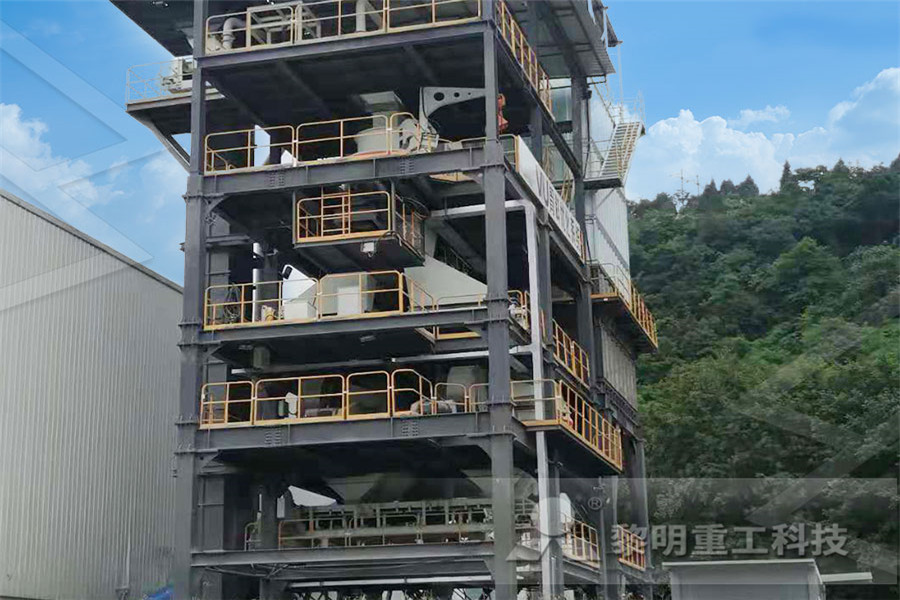
Why Gypsum Is Added To Cement During Its Manufacture?
Jul 07, 2022 Gypsum prevents Flash Setting of cement during manufacturing It retards the setting time of cement Allows a longer working time for mixing, transporting and placing When water is mixed to cement Aluminates and sulfates get react and evolve some heat but gypsum acts as coolant and brings down the heat of hydrationGypsum is added to clinker during cement manufacture to (A) decrease the rate of setting of cement (B) make the cement impervious (C) bind the particlGypsum is added to clinker during cement manufacture toOct 07, 2018 During the cement manufacturing process, upon the cooling of clinker, a small amount of gypsum is introduced during the final grinding process Reducing Environmental Impacts of Cement and Concrete Aug 30, 2010After cooling, this clinker is ground into a fine powder and gypsum is added (typically 5% by weight) to aid the setting time, storage Gypsum Is Added To Clinker During Cement Manufacturing To
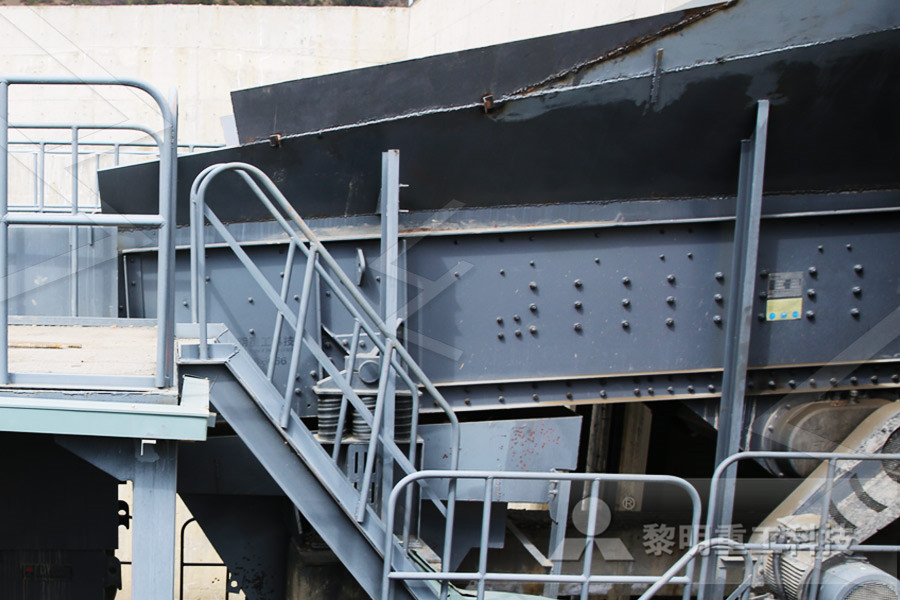
Gypsum Is Added To Clinker During Cement Manufacture To
Gypsum Caso42h2o Is Added To Clinker During Cement 1 a decrease the rate of setting of cement, 2 bind the particles of calcium silicate, 3 facilitate the formation of colloidal gel, 4 impart strength to cement, 5 NULL Why Gypsum Used In The Manufacturing Of Cement The raw materials required to manufacture cement are line and clay Gypsum is a mineral known as hydrated calcium sulphate in chemical form Gypsum controls the rate of hardening of the cement During the manufacturing process of cement, during the cooling of clinker, a small amount of gypsum is added during the fina View the full answerSolved Q3: Why is gypsum added to the cement clinker? CheggGypsum is added to clinker during cement manufacture to (1) decrease the rate of setting of cement (2) make the cement impervious (3) bind the particles of cGypsum is added to clinker during cement manufacture to (1)

When is gypsum added to cement? Explained by FAQ Blog
At what percentage gypsum is added to cement? Introduction The cement manufacturing industry is the major consumer of gypsum, which is added to the clinker in a percentage of 3–5 wt% [1], [2], [3] What is the effect of adding gypsum on setting time? Gypsum prevents Flash Setting of cement during manufacturing It retards the setting time of Question Answer MCQ Exam ON : Basic Gk MCQ Gypsum (CaSO42H2O) is added to clinker during cement manufacturing to Complaint Here As Incorrect Question / Answer Important MCQ on Related Subject 📌 Colloids are purified by 📌 The target to limit union government's expenditure on subsidy (as % of GDP) during 201213 stand at 📌Gypsum (CaSO42H2O) is added to clinker during cement manufacturing During the cement manufacturing process, upon the cooling of the clinker, a small amount of gypsum is introduced during the final grinding process Gypsum is added to control the setting of cement If not added, the cement will set immediately after mixing water leaving no time for concrete placingGypsum is added to clinker during cement manufacturing to:
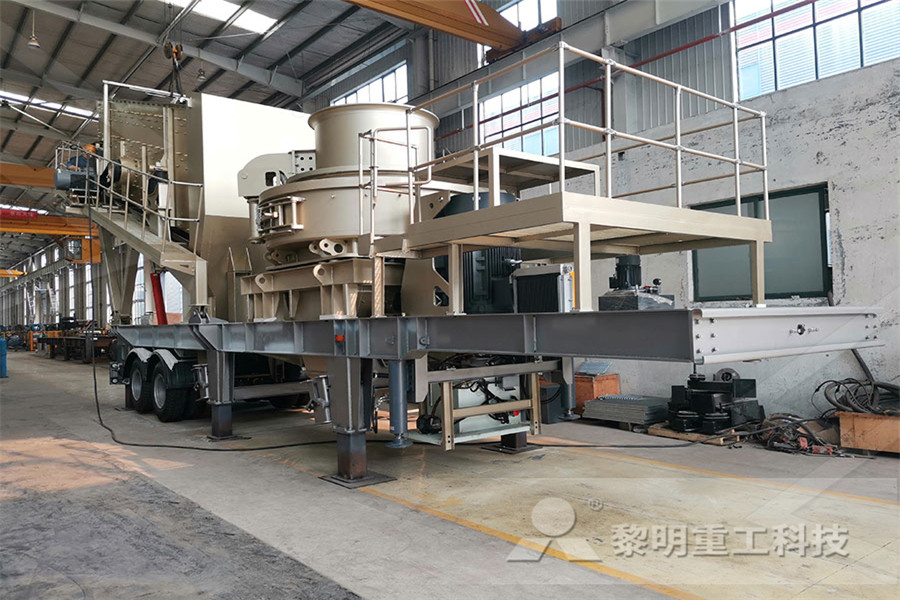
When gypsum is added to cement? Explained by FAQ Blog
The process involved in hydration of cement is that, when the water is added into cement, it starts reacting with C3A and hardens At what percentage gypsum is added to cement? The cement manufacturing industry is the major consumer of gypsum, which is added to the clinker in a percentage of 3–5 wt% [1], [2], [3]Gypsum is added in the manufacture of Portland Cement:Gypsum is added in the manufacture of Portland Cement: Byju'sSolution: During cement manufacturing process upon cooling of clinker a small amount of gypsum is added during the final grinding process Gypsum controls the setting of the cement and if not added the cement will set immediately leaving no time for concrete placing Gypsum is added to Portland cement during its manufacture so that it may [MCQ] Gypsum is added to cement clinker to Questions and
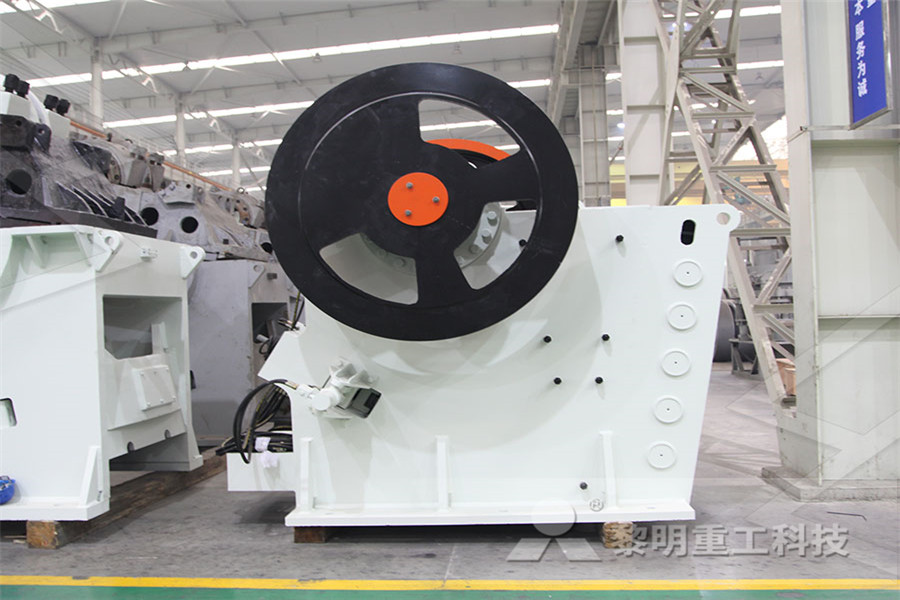
Gypsum is added to cooled clinker during cement manufacture
Study about the components used for the manufacturing of cement C o n c e p t − Gypsum is a naturally occurring mineral It is made up of calcium sulfate in hydrated form, C a S O 4 2 H C a S O 4 2 HDuring cement manufacturing process upon cooling of clinker a small amount of gypsum is added during the final grinding process Gypsum controls the setting of the cement and if not added the cement will set immediately leaving no time for concrete placingGypsum is added to cement clinker to ExamvedaOct 15, 2022 Gypsum prevents Flash Setting of cement during manufacturing It retards the setting time of cement Allows a longer working time for mixing, transporting and placing When water is mixed to cement Aluminates and sulfates get react and evolve some heat but gypsum acts as coolant and brings down the heat of hydration Why Gypsum During the manufacture of cement gypsum is added to?

Gypsum is added to cement clinker to: Vedantu
These cement clinkers are cooled down and added with a small amount of gypsum The mixture is then sent to the final grinding process The main purpose of adding gypsum in the cement is to slow down the hydration process of cement once it is mixed with water During the cement manufacturing process, upon the cooling of the clinker, a small When gypsum is added to the concrete mix it changes some of its characteristicsCuring is the process in which the concrete is protected from loss of moisture and kept within a reasonable temperature range Even if you were using gypsum alone, you would still need to add water: much less than concrete, but stillIf gypsum has been added into clinker during the production of cement After cooling and storage, the clinker is ground into a fine cement powder and gypsum is added, as a source of calcium sulphate, to improve the future setting behaviour of the cement Apart from the leaching test, the chemical analysis of the exhaust gases emitted during the manufacture of cement clinker can also be important in determining Cement Clinker an overview ScienceDirect Topics

Gypsum is added to clinker during cement manufacture to
Gypsum is added to clinker during cement manufacture to (A) decrease the rate of setting of cement (B) make the cement impervious (C) bind the particlOct 07, 2018 During the cement manufacturing process, upon the cooling of clinker, a small amount of gypsum is introduced during the final grinding process Reducing Environmental Impacts of Cement and Concrete Aug 30, 2010After cooling, this clinker is ground into a fine powder and gypsum is added (typically 5% by weight) to aid the Gypsum Is Added To Clinker During Cement Manufacturing ToDuring the manufacturing of cement process, upon the cooling of clinker, a small quantity of gypsum is introduced at that time of the final grinding process To achieve the desired setting qualities in the finished product, a quantity (2–8%, but typically 5%) of calcium sulfate (usually gypsum or anhydrite) is added to the clinker, and the [Solved] Gypsum is added to cement in order to Testbook
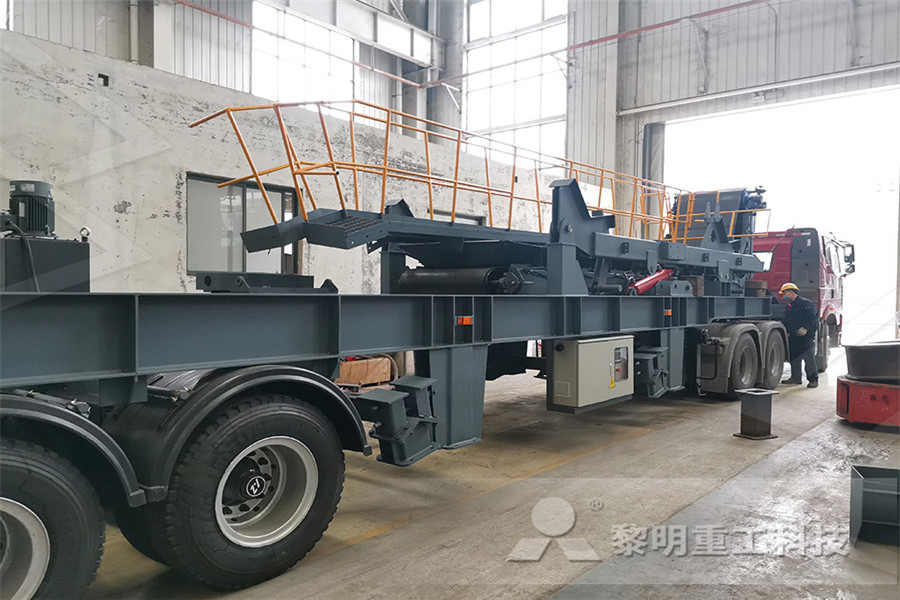
Why Gypsum is Added to Cement? GKToday
Oct 31, 2015 Why Gypsum is added to Cement? When cement is mixed with water, it becomes hard over a period of time This is called setting of cement Gypsum is often added to Portland cement to prevent early hardening or “flash setting”, allowing a longer working time Gypsum slows down the setting of cement so that cement is adequately Related Gypsum CaSO4 2H2O is added to clinker during cement manufacturing toa)decrease the rate of setting of cementb)bind the particles of calcium silicatec)facilitate the formation of colloidal geld)impart strength to cementCorrect answer is option 'A' Can you explain this answerGypsum CaSO4 2H2O is added to clinker during cement manufacturing During the cement manufacturing process, upon the cooling of the clinker, a small amount of gypsum is introduced during the final grinding process Gypsum is added to control the “setting of cement” If not added, the cement will set immediately after mixing of water leaving no time for concrete placingDuring the manufacture of cement gypsum is added to?

When is gypsum added to cement? Explained by FAQ Blog
May 30, 2022 At what percentage gypsum is added to cement? Introduction The cement manufacturing industry is the major consumer of gypsum, which is added to the clinker in a percentage of 3–5 wt% [1], [2], [3] What is the effect of adding gypsum on setting time? Gypsum prevents Flash Setting of cement during manufacturing It Gypsum is a mineral known as hydrated calcium sulphate in chemical form Gypsum controls the rate of hardening of the cement During the manufacturing process of cement, during the cooling of clinker, a small amount of gypsum is added during the fina View the full answerSolved Q3: Why is gypsum added to the cement clinker? Chegg
Any of your enquiry will be highly appreciated.
Enquiry Now












